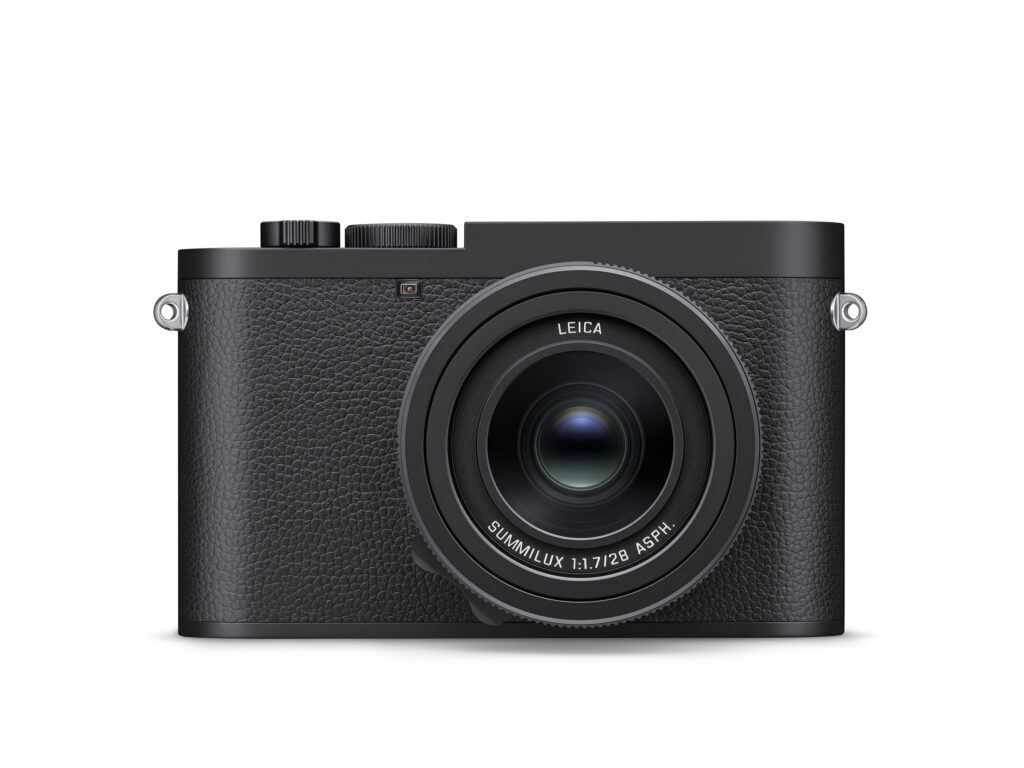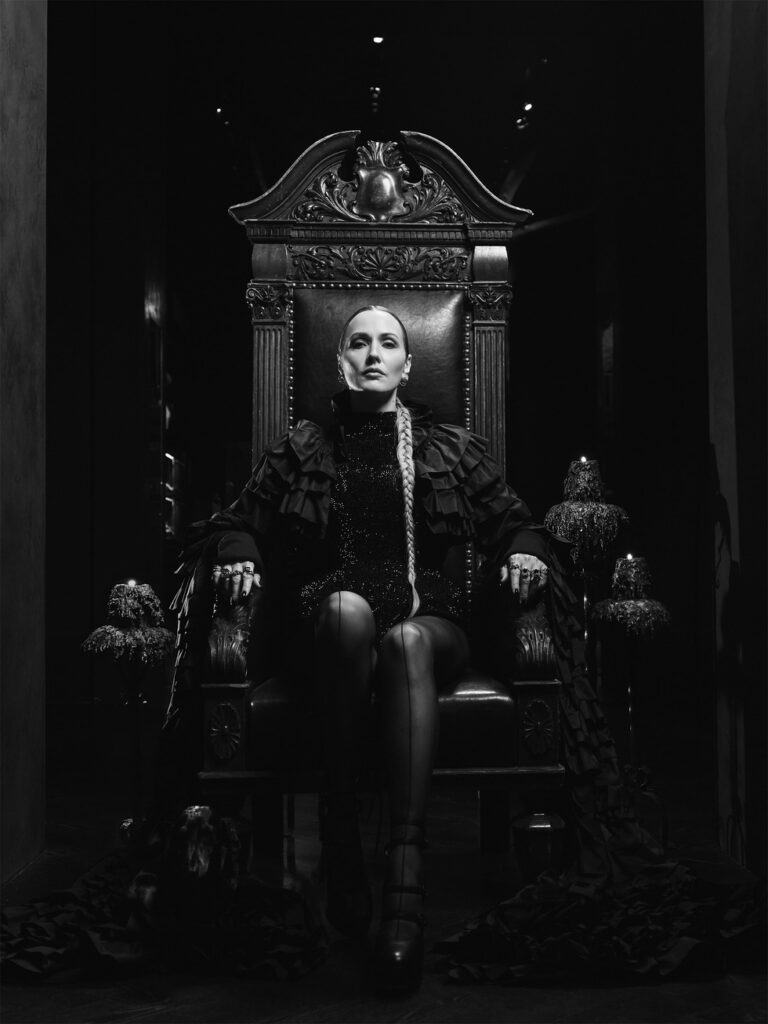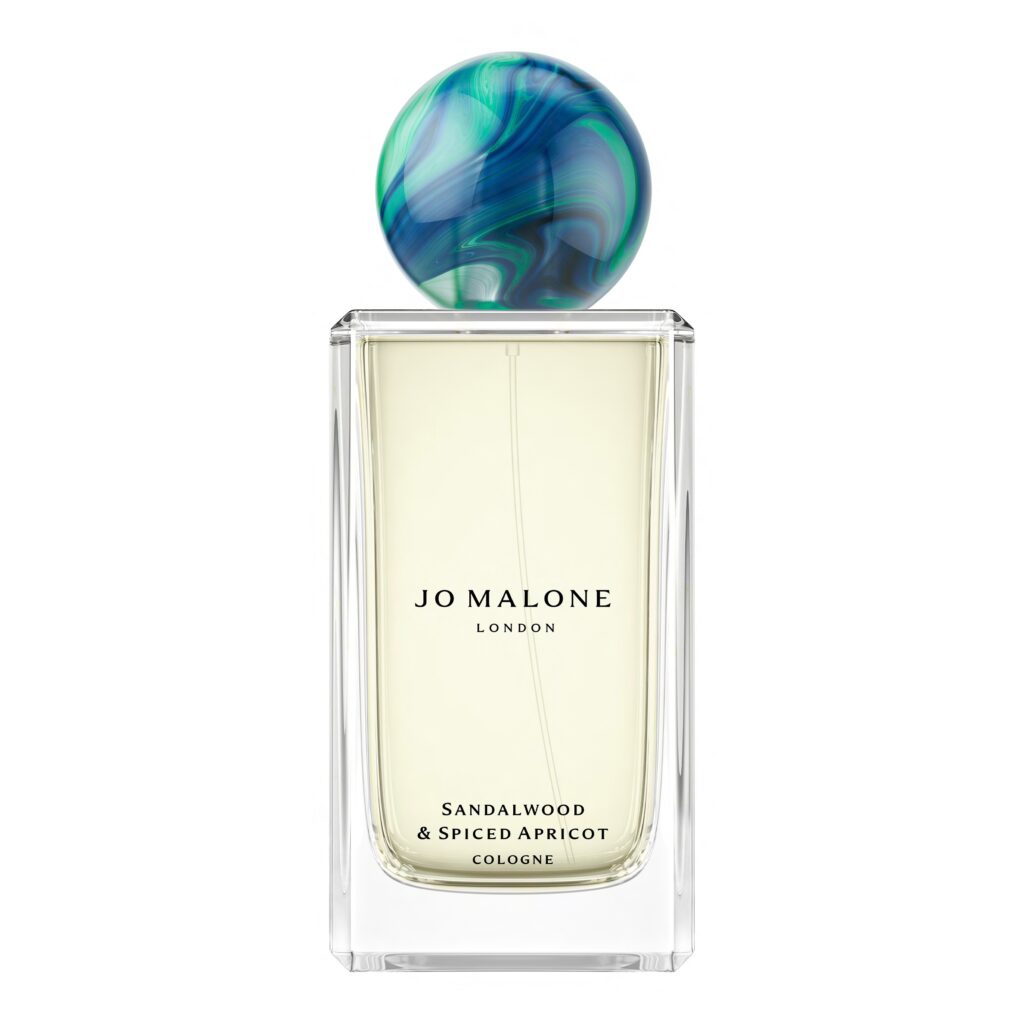PENTATONIC The Infinite Loop: Design’s Missing Nervous System
text Christine Deckert

images courtesy of Pentatonic
In fashion and design we obsess over the moment of first sight—a perfect line, a pristine surface, a product as promise. What happens after that moment has long been a blind spot. Pentatonic, a London-based circularity company, argues that the most important design phase begins after purchase. By converting returns and post-use objects into structured data, it claims to give designers a live feed of reality—how things are actually used, loved, broken, repaired, and reborn.
Inside Pentatonic’s lab, shelves hold everything from box-fresh returns to battered veterans. “Every mark is data,” co-founder Johann Boedecker says, tracing a worn edge on a luxury bag from a household-name client he can’t disclose. The proposition is stark: if designers could “read” wear like language, they could design for what life does to objects—rather than for what a photoshoot
promises.
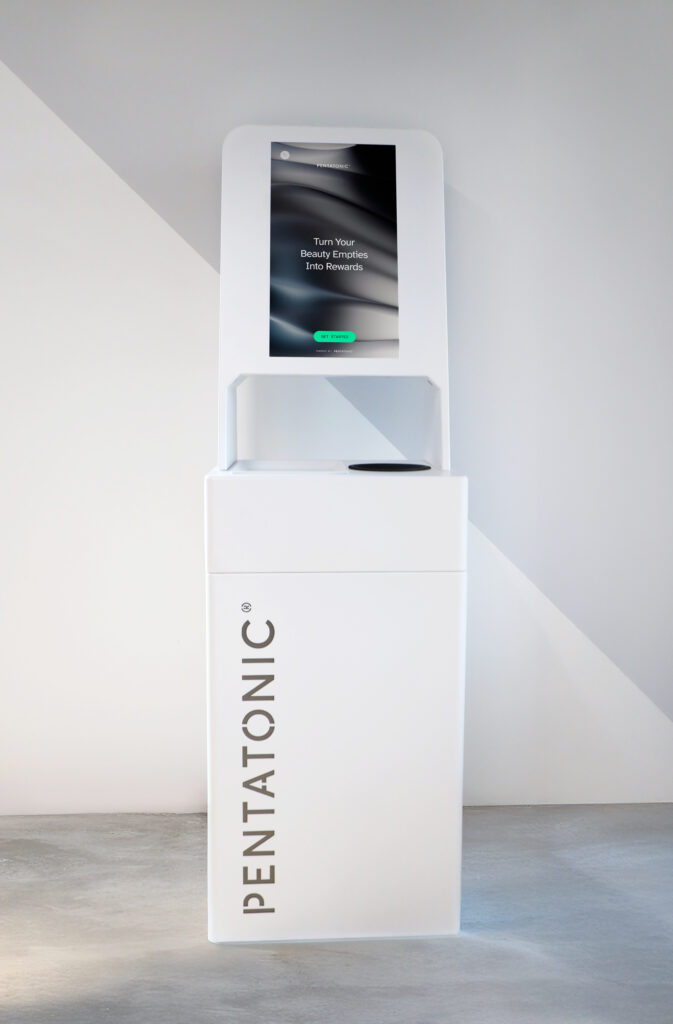
The feedback you never get
Pentatonic’s platform photographs, weighs and analyses returned products using computer vision and machine learning trained on millions of samples. Patterns—friction points, stress lines, off-label use—are turned into dashboards, design briefs and material recommendations. It’s quality control flipped: not to reject, but to learn.
Vova Nesin, R&D and Innovation Director, calls it a “grammar of wear”. Shoes reveal gait; jackets reveal the choreography of daily life; toys reveal creative misuse. In one anonymised programme, Pentatonic’s data suggested 73%of returns showed off-label usage; re-engineered connections and material blends reportedly cut structural-failure returns by 34% and sparked new lines built for how people actually play. The thesis: misuse isn’t failure—it’s information.
Beyond fit and finish: the emotional lifecycle
The company combines return reasons with sentiment streams to model when attachment peaks, plateaus and drops. Jamie Hall, Chief Commercial Strategy Officer, draws a line between tags-on returns (desire decisions) and returns after years of use (completed relationships). The latter, he says, carries deeper design insight: why someone stayed. For a winter coat, abandonment might
correlate less with wear-out than with shifts in climate, size or style. Designing for these transitions—clean alterations, re-dye programmes, modular add-ons—becomes part of the brief.
Material intelligence, not material virtue Sustainability stories often sit on packaging; circularity lives in disassembly, sorting and value-retention. Pentatonic’s Product Genome Graph tracks how specific blends age, separate and recycle. In one cosmetics project (confidential), a plant-based plastic performed worse in the circular system than a conventional alternative: it degraded in use and resisted clean separation. A hybrid redesign reportedly improved durability by 67% and enabled a fully circular end-of-life. The
point is uncomfortable but useful: “bio-based” isn’t automatically best; verified circular performance is. Designers working with this data are starting to specify temporal materials-combinations intended to age legibly, separate cleanly and reconstitute predictably.
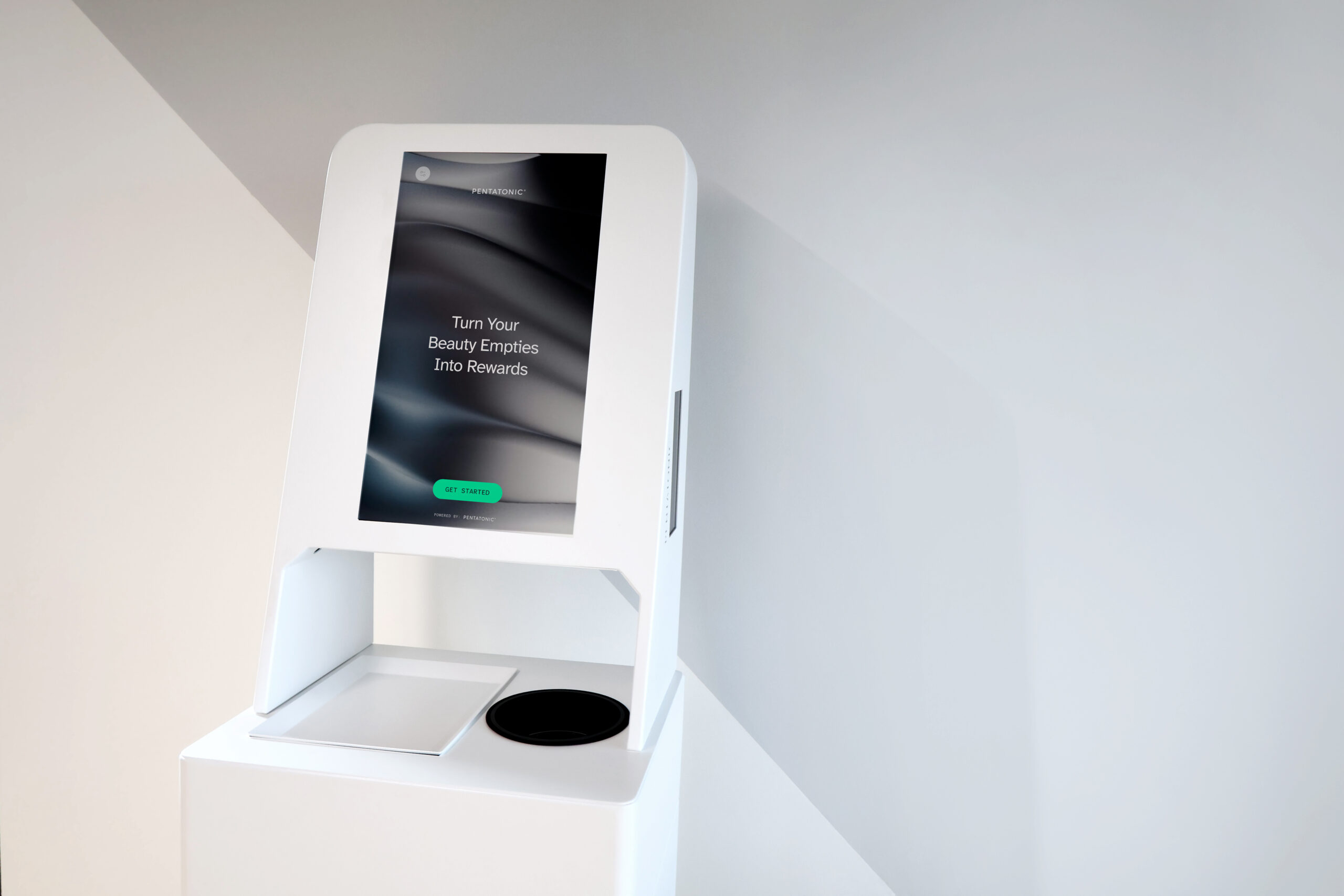
The repair renaissance
Repair is no longer an admission of defeat; it’s a chapter in the product’s story. Pentatonic’s repair heat maps show where failure is most likely—and when visible mends increase value. In certain luxury categories, the company reports a 15–30% uplift in resale for beautifully repaired items. Cue a new philosophy: break beautifully. Not planned obsolescence, but designed reparability—failure that can be forgiven, even celebrated.
Design for second and third lives
Through resale and reverse-logistics partners, Pentatonic follows products into subsequent ownerships. The best circular products aren’t immortal; they’re transformable. A chair that accrues character. A bag whose patina is a feature, not a flaw. A phone case refreshed seasonally without landfill. For brands, this becomes a new P&L: value captured at repair, refresh, refit and resale
touchpoints—relationships instead of single transactions.
The algorithmic atelier
In Pentatonic’s visualisation rooms, returns scatter like weather systems. Teams filter by geography, seasonality, construction, failure mode. Correlations surface—useful, sometimes surprising. Boedecker is quick to say the goal isn’t to replace intuition: “AI doesn’t design. It validates and amplifies hunches with evidence.” The outcome is a different designer archetype: data-literate, materially fluent, emotionally aware.
From ownership to circulation
When designers see lifecycles rather than line sheets, ownership looks more like stewardship. Pentatonic’s internal models suggest products designed for multiple relationships can deliver ~3× higher lifetime value and ~60% lower total environmental impact versus like-for-like linear baselines. Whether those figures hold across categories is a fair question; the strategic direction is
harder to dispute.
Predictive design
The endgame is foresight: adjust a material thickness by 0.5 mm, and the system forecasts a trade-off between structural failures and weight-related returns; shift a colour palette, and it models refresh timing and second-life value. It is not prophecy—but it’s closer than moodboards. What changes if we design with this information? Fewer flawless first impressions; more pieces that age with grace. Durability that includes the right to repair. Materials chosen for how they come apart as much as how they hold together. Products that know how to die—and be reborn.

